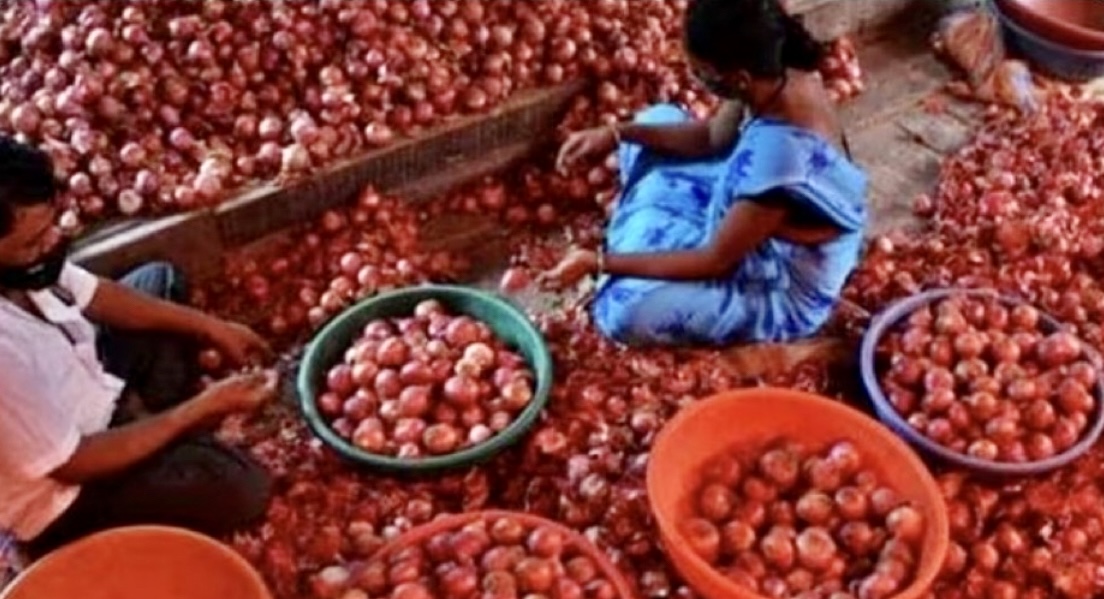Major markets are expected to experience a shortage of onions, which could result in an inflationary phase for the common culinary ingredient. The yearly lean season, when inventories decline, might lead to increased onion costs, further straining household budgets already stretched by the sharp increase in tomato prices. In contrast to tomatoes, the government keeps stockpiles of onions and releases them to the market when demand is high. Onions are, however, known for their price instability, and once onion inflation starts, it takes time to end.

Due to severe rain, farmers have reported damage to onions that have been kept, which has resulted in a reduction in supplies. The government asserts that it has enough stock to interfere in the market and allay worries. The winter harvest this year, which supplies 70% of the annual demand, was not as robust as the one last year. While India regularly imports onions during economic downturns, no shipments were made in 2021–22 and 2022–23.
Over the last four months, onion prices have stayed acceptable, with average retail prices holding steady at $25 per kg. Analysts, though, foresee a costly period to come. As a result of the early maturity of onions brought on by high temperatures and the decreased area beneath the winter-sown crop, their shelf life has been lowered, resulting in panic selling. By the end of August, rabi stocks are predicted to have drastically decreased as a result, which could result in a shortage of the crop and high market prices.
Compared to other commodities, consumers are more sensitive to rises in onion prices. While retail prices frequently increase at this time of year, price drops are also relatively uncommon.
Image Source: Twitter
© Copyright 2023. All Rights Reserved Powered by Vygr Media.





















